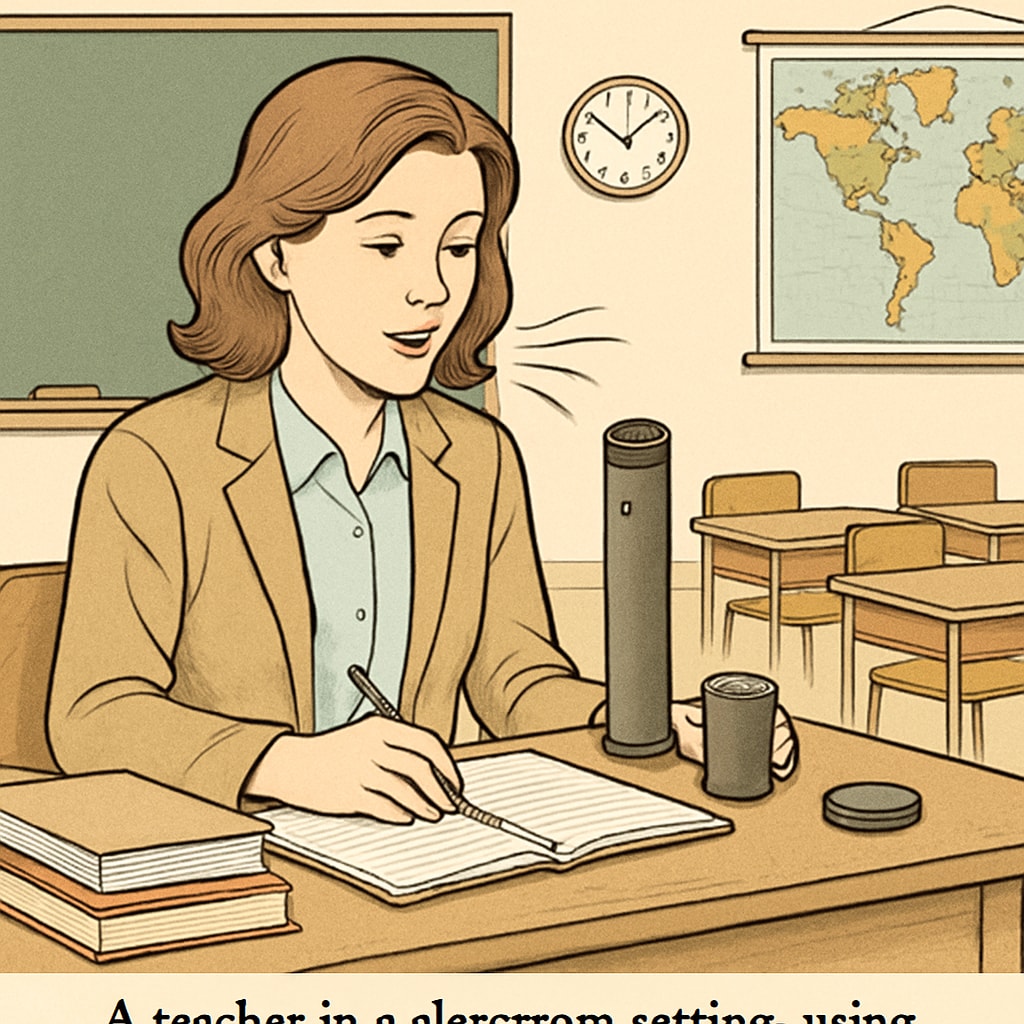In the dynamic world of K12 education, teachers often find themselves juggling countless administrative tasks alongside their primary responsibility: teaching. The integration of voice recognition technology, such as WillowVoice, has emerged as a game-changer, significantly boosting teaching efficiency and reducing workload burdens. By automating time-consuming tasks, this technology allows educators to channel their energy into meaningful interactions with students, thereby improving both the teaching experience and educational outcomes.
How Voice Recognition Eases Teacher Workload
Voice recognition technology, at its core, converts spoken words into written text. Its application in education is multifaceted, making it an invaluable tool for teachers. For example, preparing lesson plans, grading assignments, and documenting student performance are often tedious and time-intensive tasks. With tools like WillowVoice, teachers can dictate notes, grade commentary, or reports, which are transcribed instantly and accurately.
Beyond transcription, voice recognition tools can also assist in managing classroom recordings. Teachers can record lectures or discussions and have them automatically converted into text, creating resources for students who need to revisit material. This not only saves time but also ensures inclusivity by catering to diverse learning needs.
- Quick transcription of lesson plans and notes
- Automated grading commentary
- Text conversion for recorded lectures and discussions

Boosting Teaching Efficiency with Voice Recognition
Efficiency in teaching goes beyond saving time; it’s about creating opportunities for deeper engagement with students. Voice recognition technology enables teachers to streamline repetitive tasks, freeing up valuable time to focus on personalized teaching strategies. For instance, instead of manually inputting grades or creating detailed reports, educators can use voice commands to complete these tasks swiftly and accurately.
Additionally, voice recognition tools can be integrated into digital learning platforms, allowing teachers to interact with students through voice-activated tools. This enhances the online learning experience, ensuring that teachers remain accessible and responsive even in virtual settings. The ability to multitask—such as answering student queries while preparing future lessons—is another benefit of this technology.
As a result, teachers can allocate more of their time to mentoring, curriculum development, and fostering critical thinking skills in students. This shift not only improves teaching efficiency but also contributes to a more enriching educational environment.

The Future of K12 Education with Voice Recognition
As education technology continues to evolve, the role of voice recognition in classrooms is expected to expand. Current tools like WillowVoice are just the beginning. Future advancements may include multilingual transcription capabilities, real-time classroom analytics, and integration with AI-driven tutoring systems. These developments have the potential to further reduce teacher workloads while simultaneously enhancing the quality of education delivered.
Moreover, embracing voice recognition technology can help bridge the gap between traditional teaching methods and modern educational demands. By reducing the administrative burden on educators, schools can ensure that teachers are better equipped to inspire and guide their students.
In conclusion, voice recognition technology offers a promising avenue for revolutionizing K12 education. By improving teaching efficiency and reducing workloads, it empowers educators to focus on what truly matters: nurturing the potential of every student. As tools like WillowVoice continue to advance, they hold the promise of not only transforming classrooms but also elevating the overall educational experience.
For more information on the principles and applications of voice recognition technology, visit Speech recognition on Wikipedia or explore its educational implications on Britannica.
Readability guidance: This article uses short paragraphs, active voice, and transitional phrases for enhanced readability. Lists are included to summarize key points, and external links provide authoritative references for readers seeking further insights.


